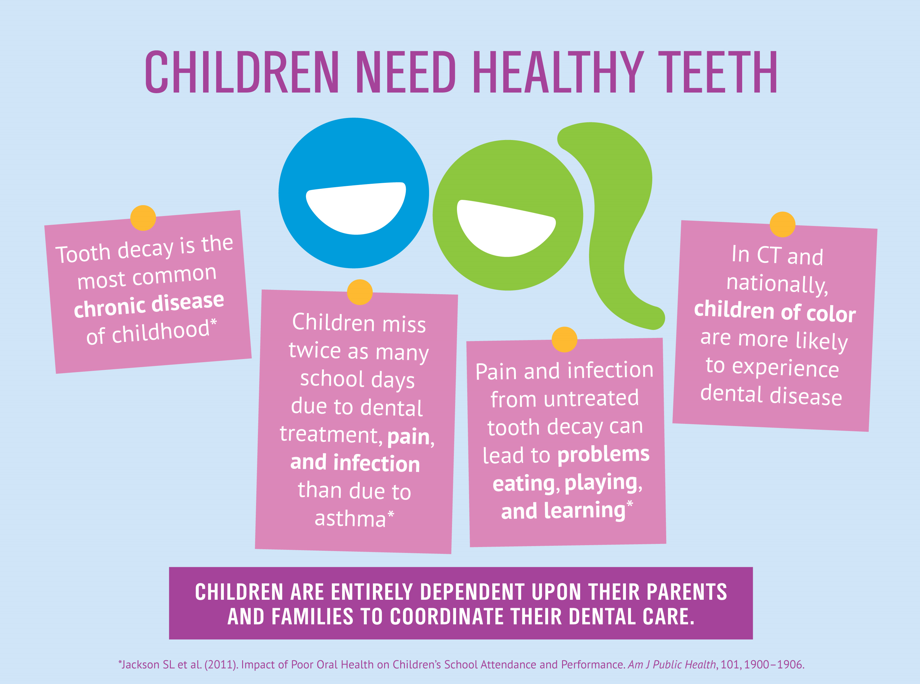The Advancement Of Oral Surgery: Arising Advancements And Developments Changing The Self-Control
The Advancement Of Oral Surgery: Arising Advancements And Developments Changing The Self-Control
Blog Article
Composed By-Johannsen Schultz
Invite to the globe of dental surgery, where advancements and developments are forming the future of the field! In this exciting world, you'll witness the transformative power of robotics, the innovative wonder of 3D printing, and the game-changing influence of minimally intrusive methods.
The future of dental surgery holds an assurance of accuracy, performance, and enhanced patient outcomes. With the help of innovative robotics, cosmetic surgeons are able to carry out intricate procedures with higher accuracy and control.
3D printing innovation is revolutionizing the production of dental implants and prosthetics, using customized services that fit flawlessly right into each individual's distinct anatomy.
In addition, minimally intrusive strategies are decreasing post-operative pain and healing time, allowing individuals to return to their day-to-days live sooner.
Get ready to explore the amazing developments and advances that are improving the landscape of dental surgery!
Improvements in Robotics
One major improvement in dental surgery is making use of robotic modern technology, which enables accurate and efficient surgeries. With the help of robot systems, dental specialists have the ability to perform intricate surgical treatments with improved accuracy, lessening the threat of human error.
These robotic systems are geared up with innovative imaging technology and exact instruments that allow doctors to browse with elaborate anatomical frameworks effortlessly. By using robot modern technology, doctors can achieve higher surgical accuracy, resulting in enhanced individual results and faster recuperation times.
Furthermore, using robotics in oral surgery allows for minimally invasive procedures, reducing the trauma to surrounding cells and promoting faster healing.
3D Printing in Dental Surgery
To improve the area of oral surgery, you can explore the subtopic of 3D printing in oral surgery. dentist near me -edge modern technology has the prospective to change the method oral cosmetic surgeons operate and deal with patients. Here are four crucial ways in which 3D printing is shaping the field:
- ** Customized Surgical Guides **: 3D printing permits the creation of extremely accurate and patient-specific medical guides, enhancing the accuracy and effectiveness of treatments.
- ** Implant Prosthetics **: With 3D printing, dental surgeons can create personalized dental implant prosthetics that perfectly fit a patient's one-of-a-kind anatomy, resulting in far better outcomes and person contentment.
- ** Bone Grafting **: 3D printing makes it possible for the production of patient-specific bone grafts, minimizing the demand for traditional implanting strategies and boosting healing and healing time.
- ** Education and learning and Educating **: 3D printing can be utilized to create reasonable medical versions for instructional objectives, permitting oral doctors to practice intricate procedures before doing them on patients.
With its potential to enhance precision, personalization, and training, 3D printing is an interesting growth in the field of dental surgery.
Minimally Intrusive Strategies
To further progress the field of oral surgery, embrace the capacity of minimally intrusive techniques that can considerably benefit both surgeons and clients alike.
Minimally invasive methods are revolutionizing the area by decreasing surgical trauma, reducing post-operative discomfort, and speeding up the healing procedure. These techniques include making use of smaller lacerations and specialized tools to do treatments with accuracy and efficiency.
By utilizing sophisticated imaging innovation, such as cone light beam computed tomography (CBCT), cosmetic surgeons can precisely plan and perform surgeries with marginal invasiveness.
Furthermore, making use of lasers in dental surgery allows for accurate tissue cutting and coagulation, leading to lessened bleeding and decreased healing time.
With minimally invasive techniques, clients can experience quicker recuperation, reduced scarring, and enhanced end results, making it a necessary element of the future of dental surgery.
Verdict
So, as you can see, the future of oral surgery is incredibly appealing, with amazing innovations and advances forming the area.
From the improvements in robotics to the use of 3D printing and minimally invasive techniques, dental cosmetic surgeons are reinventing the method they provide care.
While some might bother with the potential cost connected with these developments, it's important to keep in mind that these modern technologies ultimately improve client outcomes and lower recuperation time, making them well worth the financial investment in the long run.
